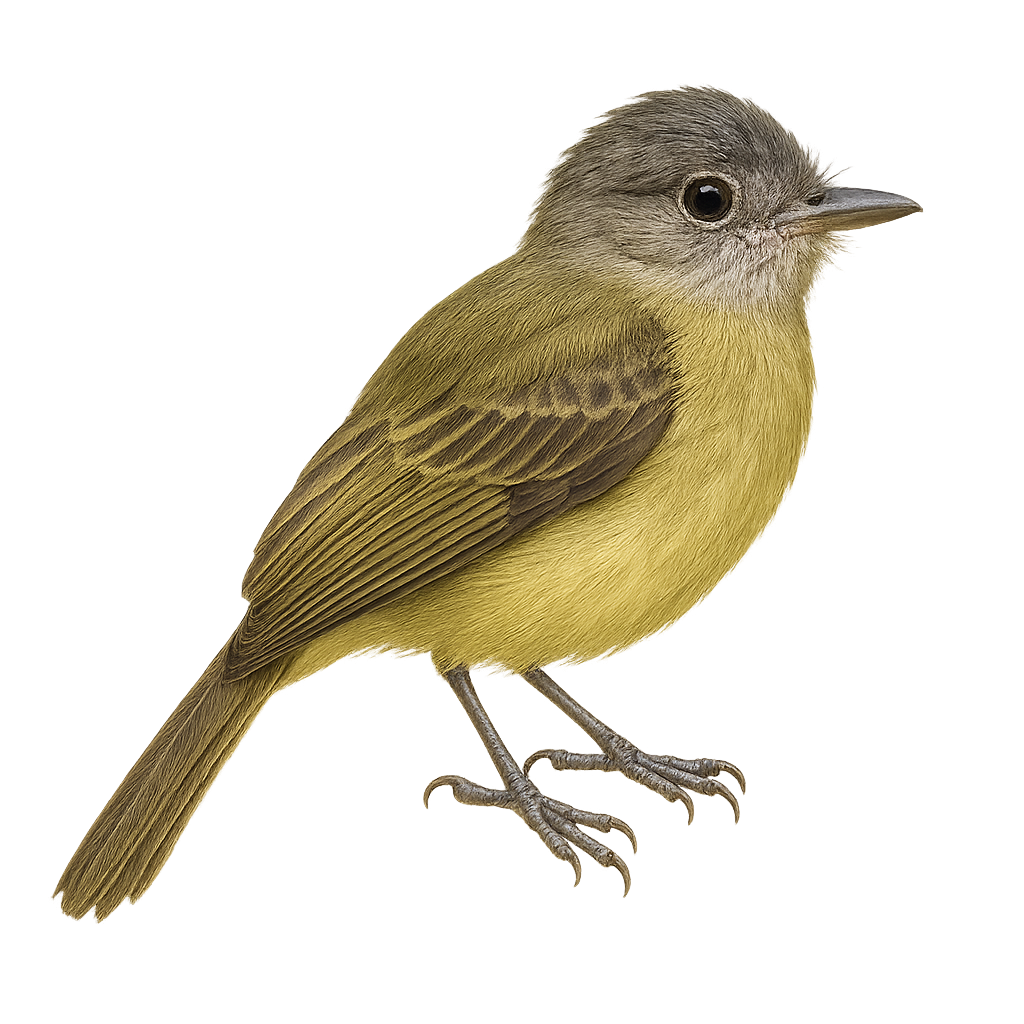Your wildlife photography guide.
Explore the traylor's flycatcher in detail, study its behavior, prepare your shots.
Where to observe and photograph the traylor's flycatcher in the wild
Learn where and when to spot the traylor's flycatcher in the wild, how to identify the species based on distinctive features, and what natural environments it inhabits. The WildlifePhotographer app offers tailored photography tips that reflect the traylor's flycatcher’s behavior, helping you capture better wildlife images. Explore the full species profile for key information including description, habitat, active periods, and approach techniques.
Traylor's Flycatcher
Scientific name: Tolmomyias traylori

IUCN Status: Least Concern
Family: TYRANNIDAE
Group: Birds
Sensitivity to human approach: Suspicious
Minimum approach distance: 10 m
Courtship display: November to December
Incubation: 15-17 jours
Hatchings: November to January
Habitat:
humid forests, forest edges
Activity period :
Primarily active during the day, with peak activity in the morning and late afternoon.
Identification and description:
The Traylor's Flycatcher, or Tolmomyias traylori, is a small passerine bird in the Tyrannidae family. It is primarily found in the humid forests and edges of the Amazon region. This bird is characterized by its olive-green plumage and pale yellow belly, with a head often marked by a darker cap. Known for its melodious song and distinctive calls, the Traylor's Flycatcher feeds mainly on insects, which it catches in flight or on leaves. It is often seen in small groups or pairs, actively moving through the canopy in search of food. Although its habitat is threatened by deforestation, the species is currently listed as of least concern by the IUCN.
Recommended lens:
400 mm – adjust based on distance, desired framing (portrait or habitat), and approach conditions.
Photography tips:
To photograph the Traylor's Flycatcher, it is advisable to use a telephoto lens of at least 400mm to capture detailed images without disturbing the bird. Look for areas where the bird is active, such as forest edges or clearings. Be patient and discreet, as this bird can be suspicious. Use a tripod to stabilize your camera and wait for the bird to perch or feed to get sharp shots. Take advantage of the natural light in the morning or afternoon for more vibrant colors.
The WildlifePhotographer App is coming soon!
Be the first to explore the best nature spots, track rutting seasons, log your observations, and observe more wildlife.
Already 1 430 wildlife lovers subscribed worldwide

